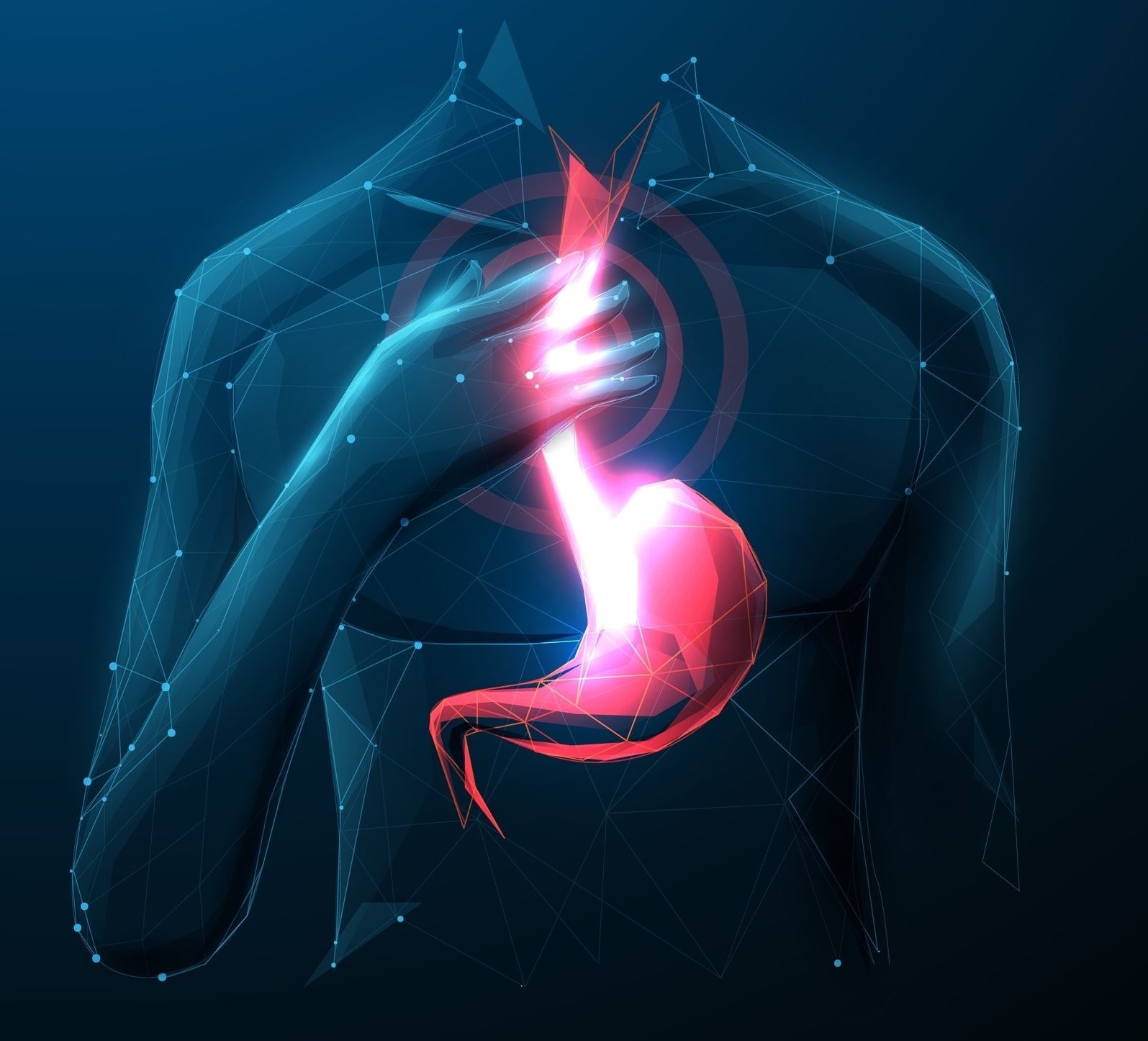The term Gastroesophageal Reflux Disease can be broken down into gastro, which means of or relating to the stomach, oesophageal meaning relating to the oesophagus, and reflux which means to flow back. It is a common condition in which the stomach contents leak backwards from the stomach into the oesophagus, which is the pipe attaching the stomach to the mouth. This action can irritate the oesophagus, causing heartburn and other symptoms.
Causes
During the process of eating, food passes from the throat to the stomach through the oesophagus. Once food is in the stomach, a ring of muscle fibres called the lower oesophageal sphincter stops food and liquid from moving backward into the oesophagus. If this sphincter is lax, reflux occurs. Most people get gastroesophageal reflux at some point, however, in sufferers of gastroesophageal reflux disease, the reflux is more acidic and occurs on regular occasions. This causes complications if it is not managed.
Some people are more prone to suffer from gastroesophageal reflux than others. For example, if someone has a hiatus hernia, where part of the stomach moves above the diaphragm, pregnancy, where a growing baby can affect the position of the stomach, or scleroderma, an autoimmune disease that can affect the oesophagus.
Obesity, cigarettes and alcohol also increase the chance of gastroesophageal reflux, as do some medications.
Symptoms and complications
Symptoms can include:
| Heartburn or a burning pain | Caused by the acid in the reflux, the pain can occur in the chest or upper abdomen and is worse when the patient is lying down or bending over. |
| Regurgitation of food | In some patients the upper oesophageal sphincter may also be breached by liquid or food, causing regurgitation. |
| Nausea after eating | This is a less common symptom, but in some patients results in vomiting. |
There are a number of conditions that can occur as a direct result of the acid in gastroesophageal reflux:
- ulcers;
- changes in the lining of the epithelium of the oesophagus known as Barrett’s oesophagus;
- inflammation of the throat and larynx; and
- inflammation and infection of the lungs.
Tests and Treatment
If symptoms are severe or they occur repeatedly tests may have to be conducted. Esophagogastroduodenoscopy (EGD) is often used to identify the cause and examine the oesophagus for damage. The doctor inserts a thin tube with a camera on the end through the mouth. The tube is then passed into the oesophagus, stomach, and small intestine. Other diagnostic tests include monitoring of oesophageal pH or barium swallow, which allows the doctor to view the upper gastrointestinal tract.
Prevention is better than cure so it is advised that the patient omit all triggers of gastroesophageal reflux such as acidic and very spicy foods, exercising after eating, smoking, excessive alcohol consumption and fatty foods, as well as losing weight if they are obese and avoiding stress.
Drugs can treat gastroesophageal reflux disease, both over the counter such as antacid medications, or prescribed medicines that work more slowly than antacids but give longer relief.
Surgery may be an option for patients whose symptoms do not go away with lifestyle changes and medication. Heartburn and other symptoms should improve after surgery. In a method known as fundoplication the surgeon will use stitches to wrap the upper part of the stomach around the end of the oesophagus. This creates pressure at the end of the oesophagus and helps prevent stomach acid and food from flowing back up.
Most people respond to non surgical measures, with lifestyle changes and medications. However, many patients need to continue taking medication to control their symptoms.

